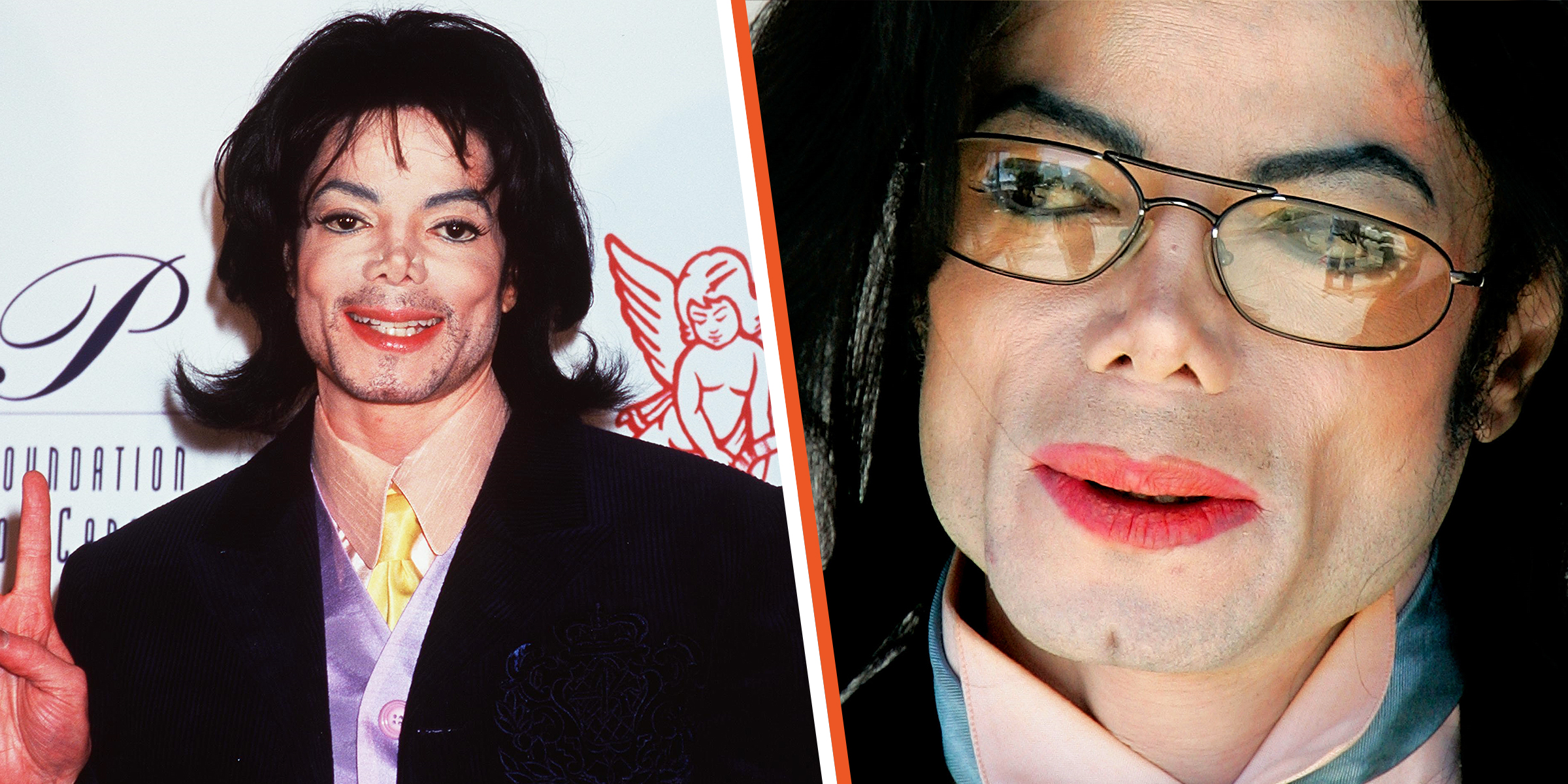
How Michael Jackson Would Look without Plastic Surgery before His Passing At 50: Photo via AI
- The King of Pop, Michael Jackson, left an indelible mark on the world with his unparalleled musical talent and captivating performances.
- Beyond the music, his physical transformation became a subject of fascination and speculation over the years.
- Delve into the evolution of Jackson's appearance, exploring the motivations behind his metamorphosis and envisioning how he might have looked at 50 without any artificial enhancements.
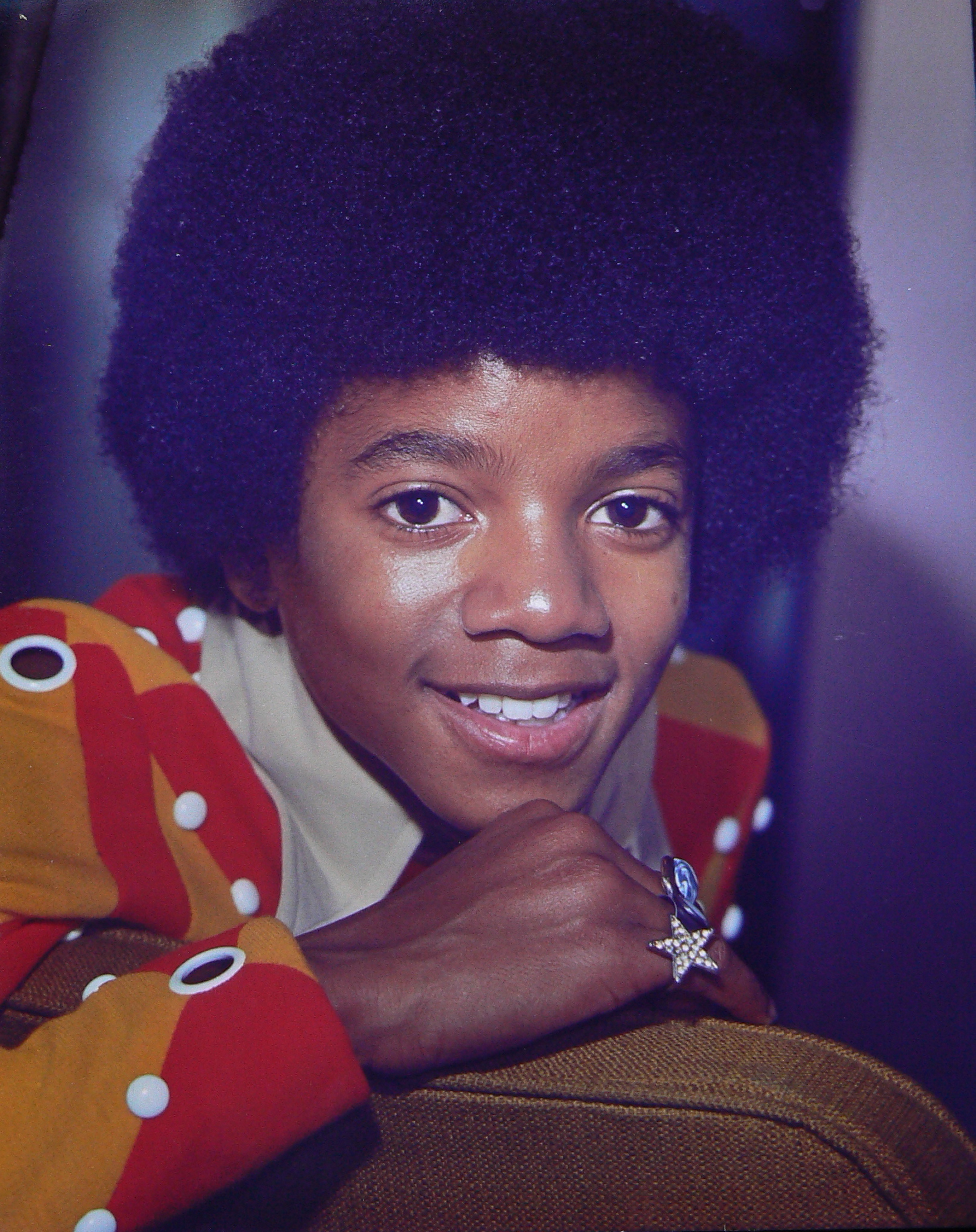
Michael Jackson in 1972 | Source: Getty Images
The legendary pop star and cultural icon Michael Jackson was known for his musical genius and dazzling performances. But his transformation throughout his life was also a subject of great intrigue and speculation.
While he admitted to only having two nose jobs, some experts believe he had undergone numerous other procedures. From his childhood as the lead singer of The Jackson 5 to his death in 2009, the pop icon underwent a series of cosmetic surgeries that altered his face.
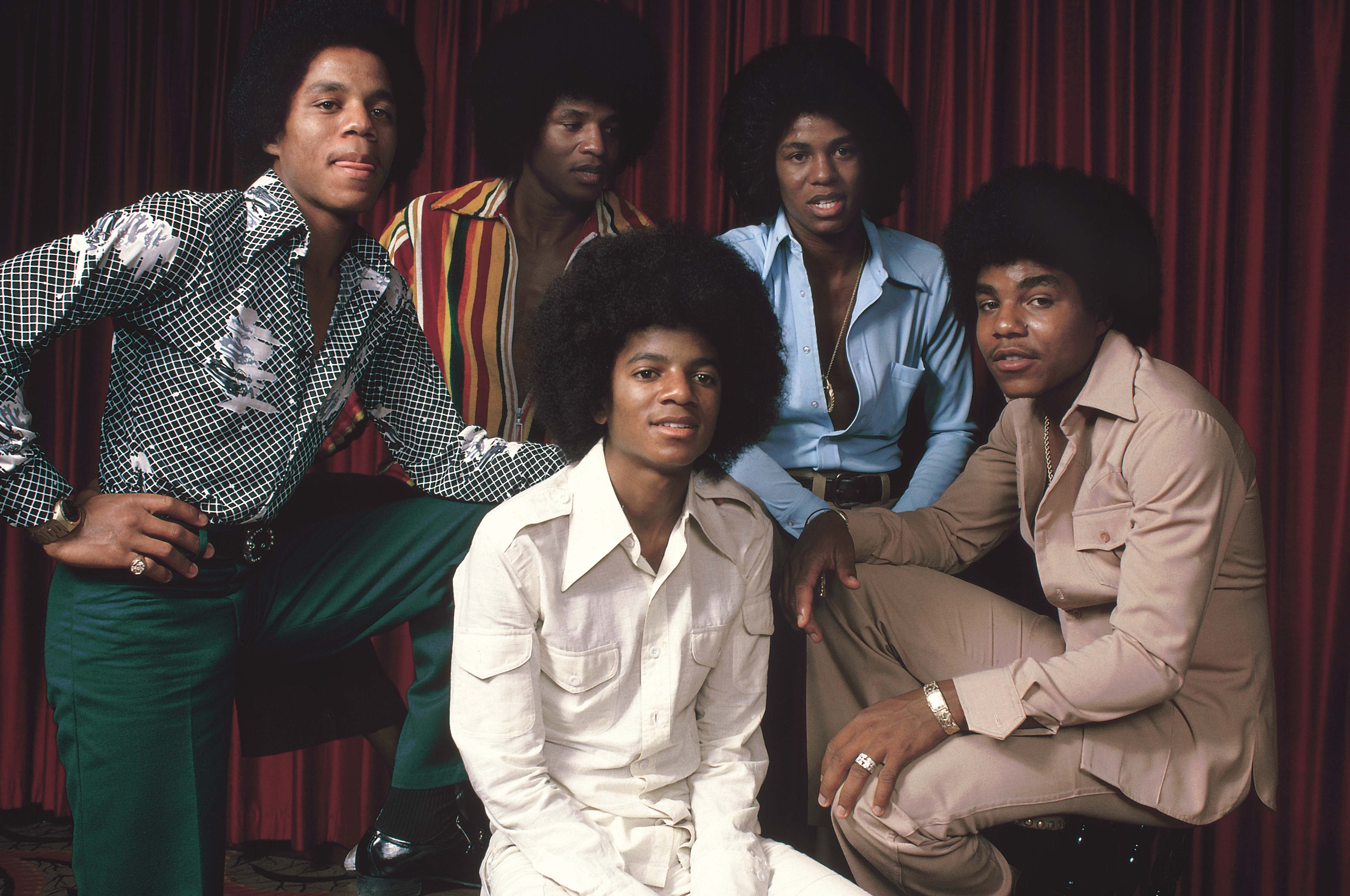
Michael Jackson during his time in the group, The Jackson Five in 1975 | Source: Getty Images
The reasons behind his extensive transformations remain a mystery, with theories ranging from body dysmorphic disorder (BDD). This psychological condition causes a distorted perception of one's physical flaws to a desire to erase his heritage. Jackson's changing appearance and light skin sparked much public interest and debate.
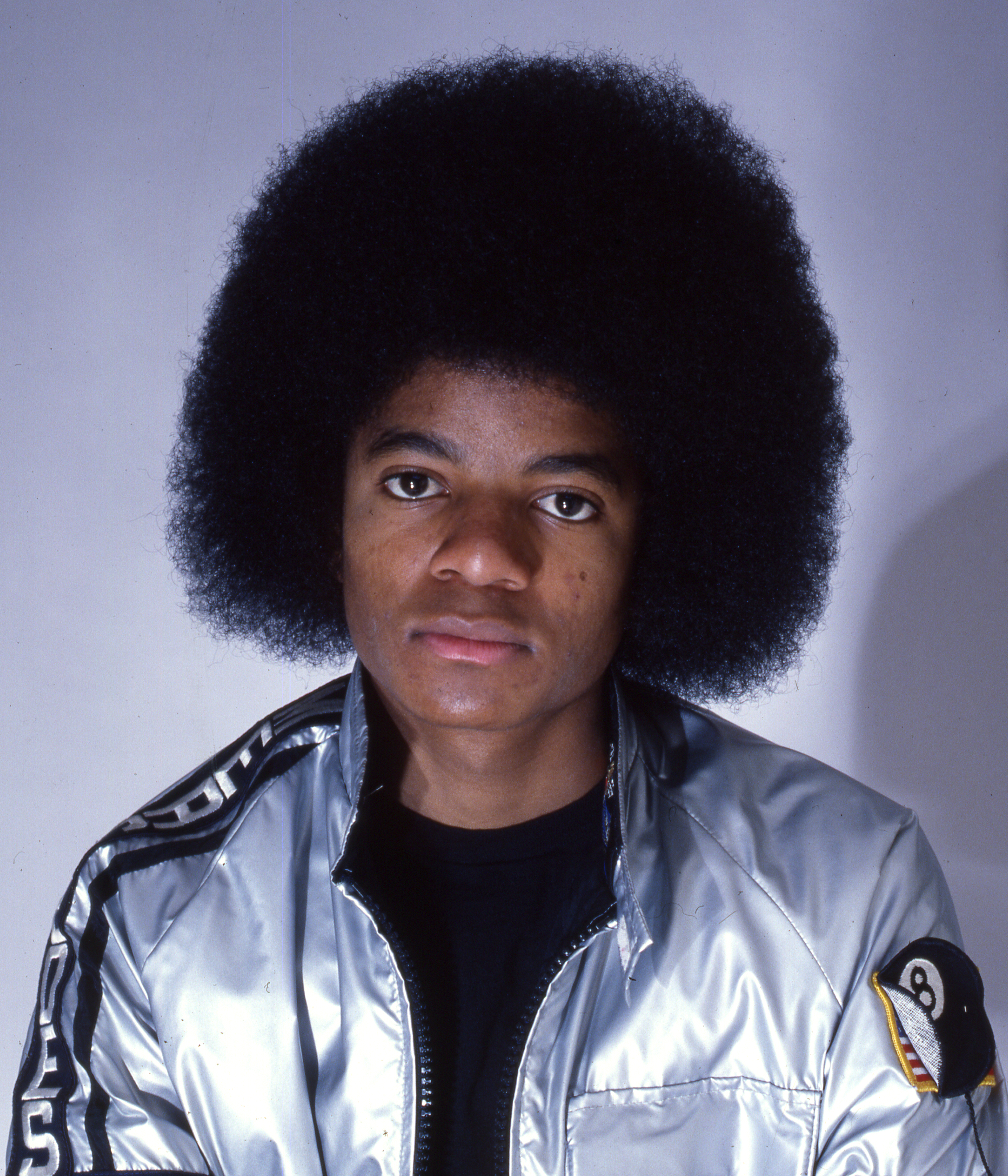
Michael Jackson in 1977 | Source: Getty Images
Whatever the motivation, Jackson's surgeries were extensive and frequent. According to some sources, he had more than 50 procedures on his face, costing him millions of dollars. His reported surgeries included multiple nose jobs, chin implants, cheekbone reduction, eyelid reshaping, lip reduction, skin bleaching, tattooing, and injections.
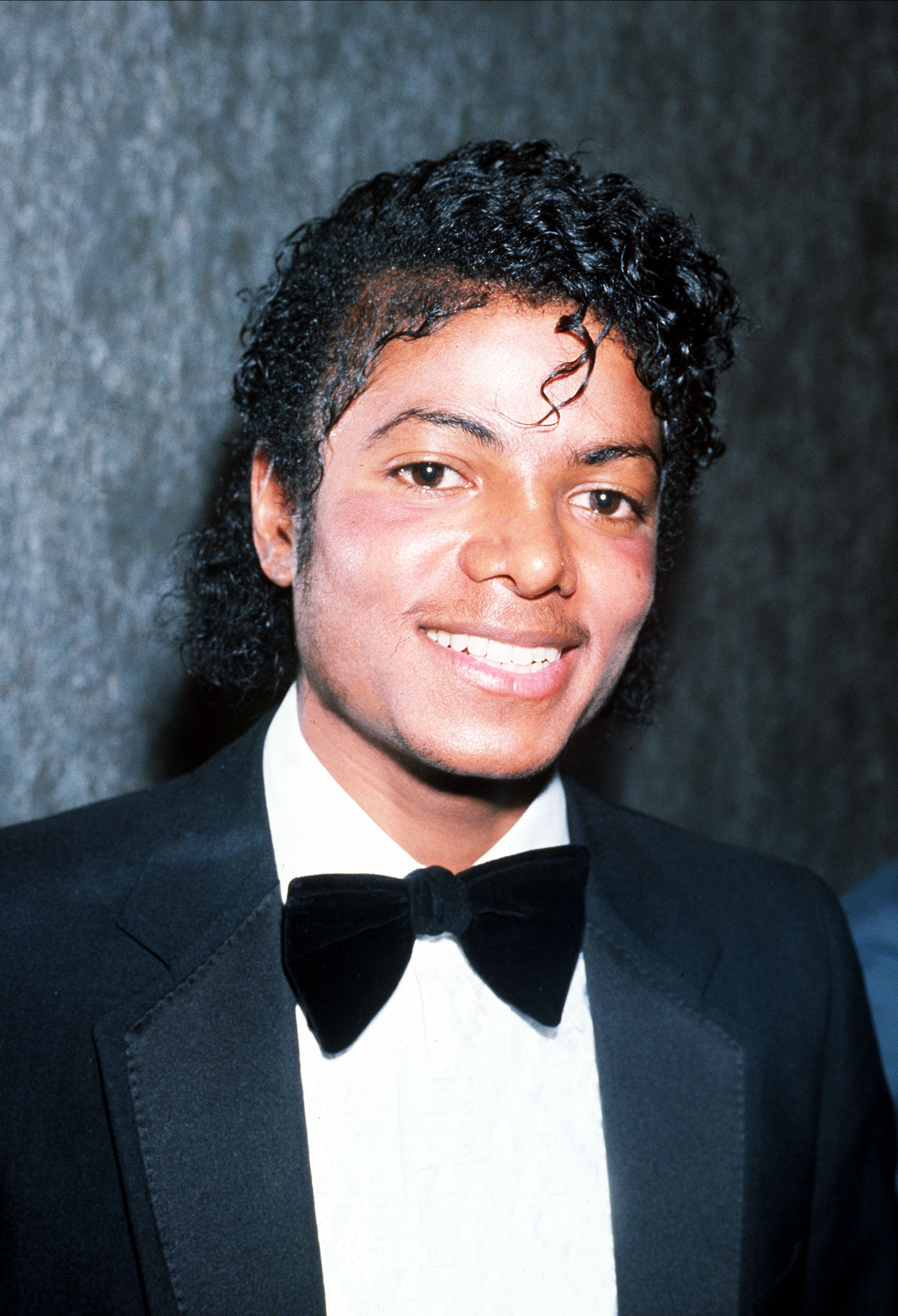
Michael Jackson in 1983 | Source: Getty Images
In 1986, he was diagnosed with lupus and vitiligo, which caused rashes, hair loss, and blotchy skin pigmentation. However, some of his surgeries were reportedly elective and cosmetic, driven by his desire to achieve a particular image or look. He was said to have been inspired by celebrities such as Kirk Douglas and Marcel Marceau and by his own artistic vision.
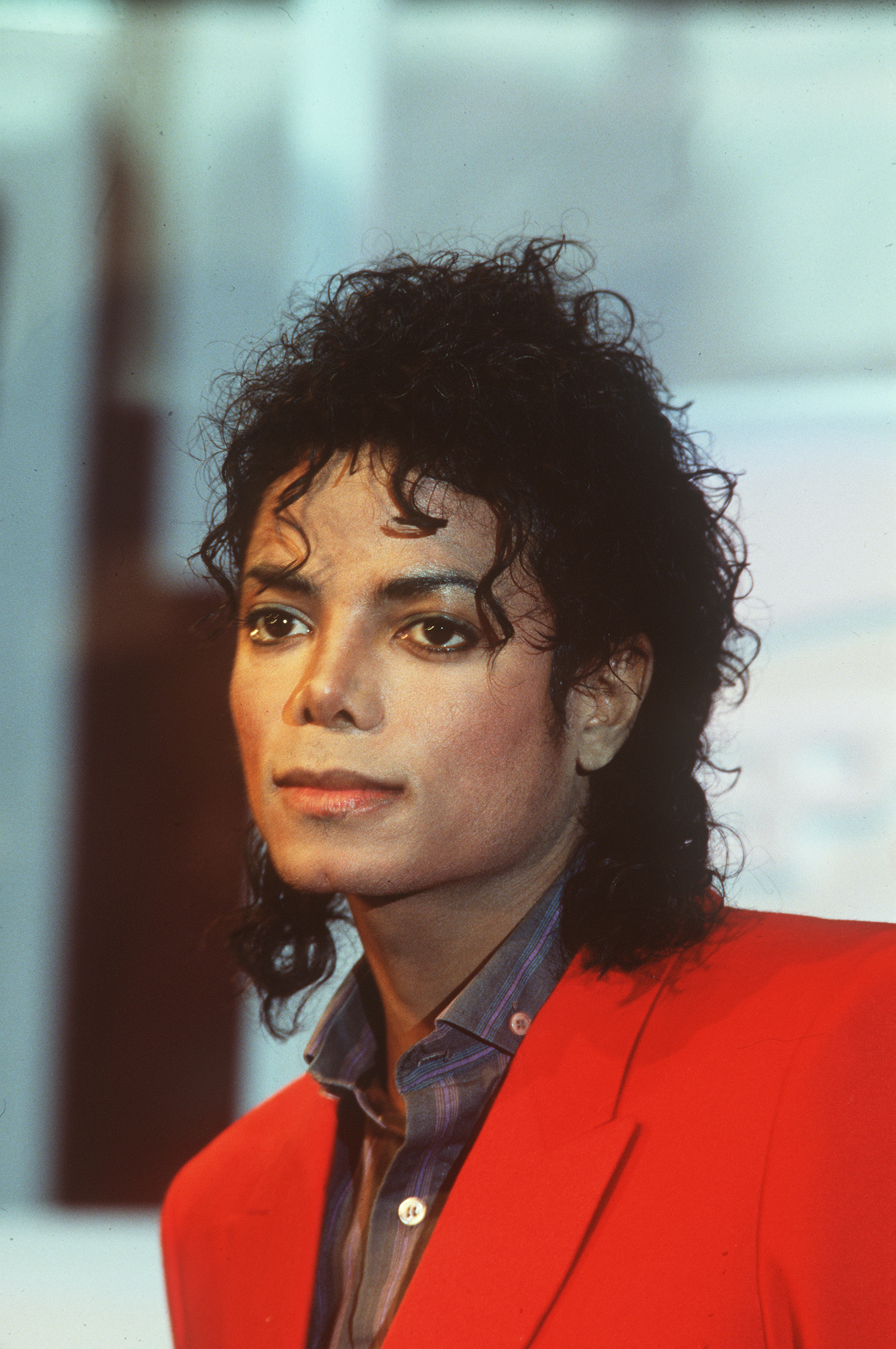
Michael Jackson in 1988 | Source: Getty Images
Plastic surgeon Steven M. Hoefflin, a key figure in Jackson's aesthetic journey during the '80s and '90s, remains tight-lipped about the procedures that shaped the King of Pop's iconic features. He stated, "My job is to try to make people happy. In the case of high-level entertainers, the result may not be what the average person would want. But remember, these are performers who want to create a certain image for a special reason."
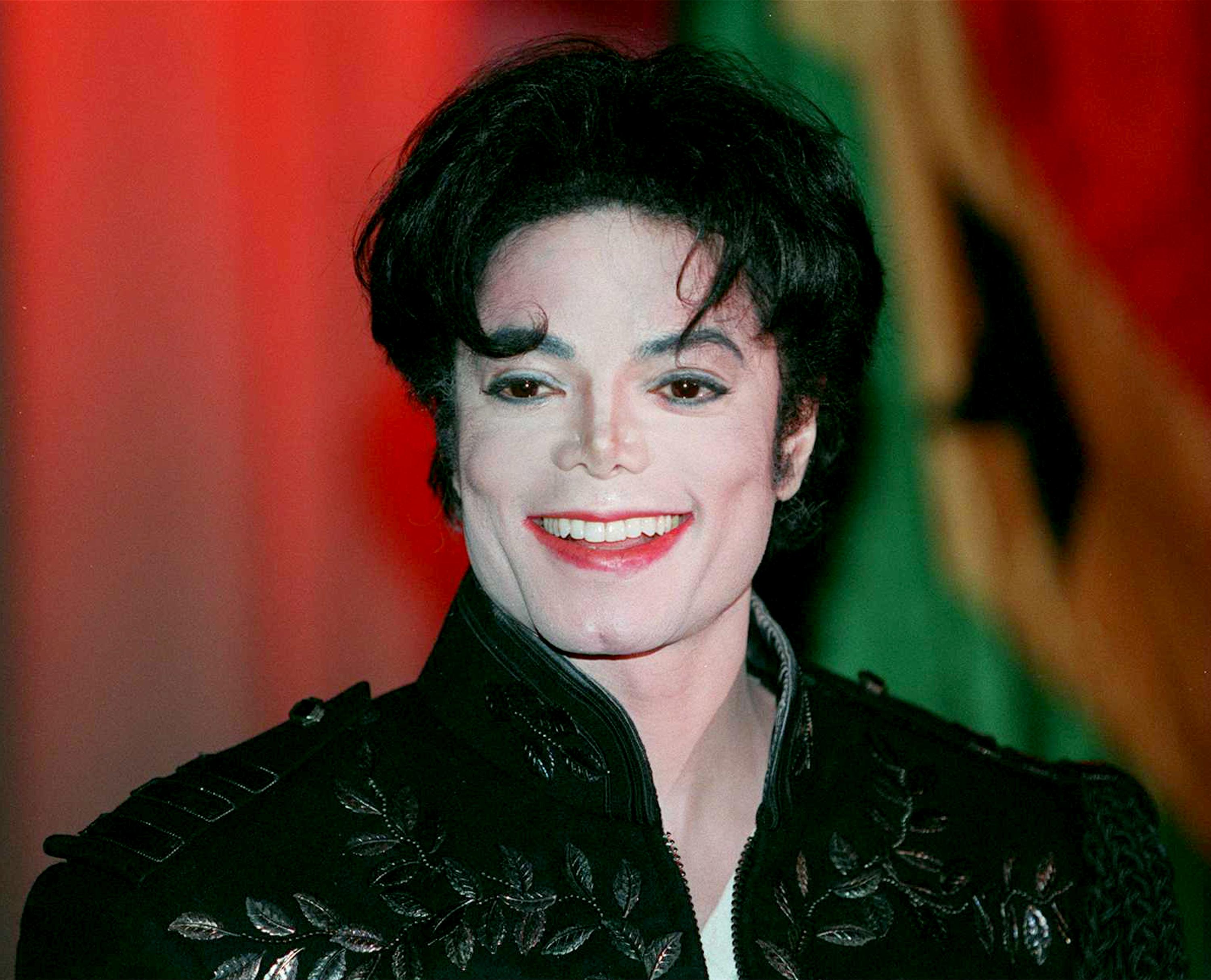
Michael Jackson in 1995 | Source: Getty Images
However, some of his surgeries were necessitated by accidents or illnesses. In 1979, a childhood accident became a catalyst for change as Jackson fell and broke his nose. This incident began a transformative journey for Jackson, who reportedly detested his nose and had his first rhinoplasty. Jackson's nose evolved through meticulous surgeries, including a two-stage procedure in 1981, taking on a narrowed shape and less bulbous tip.
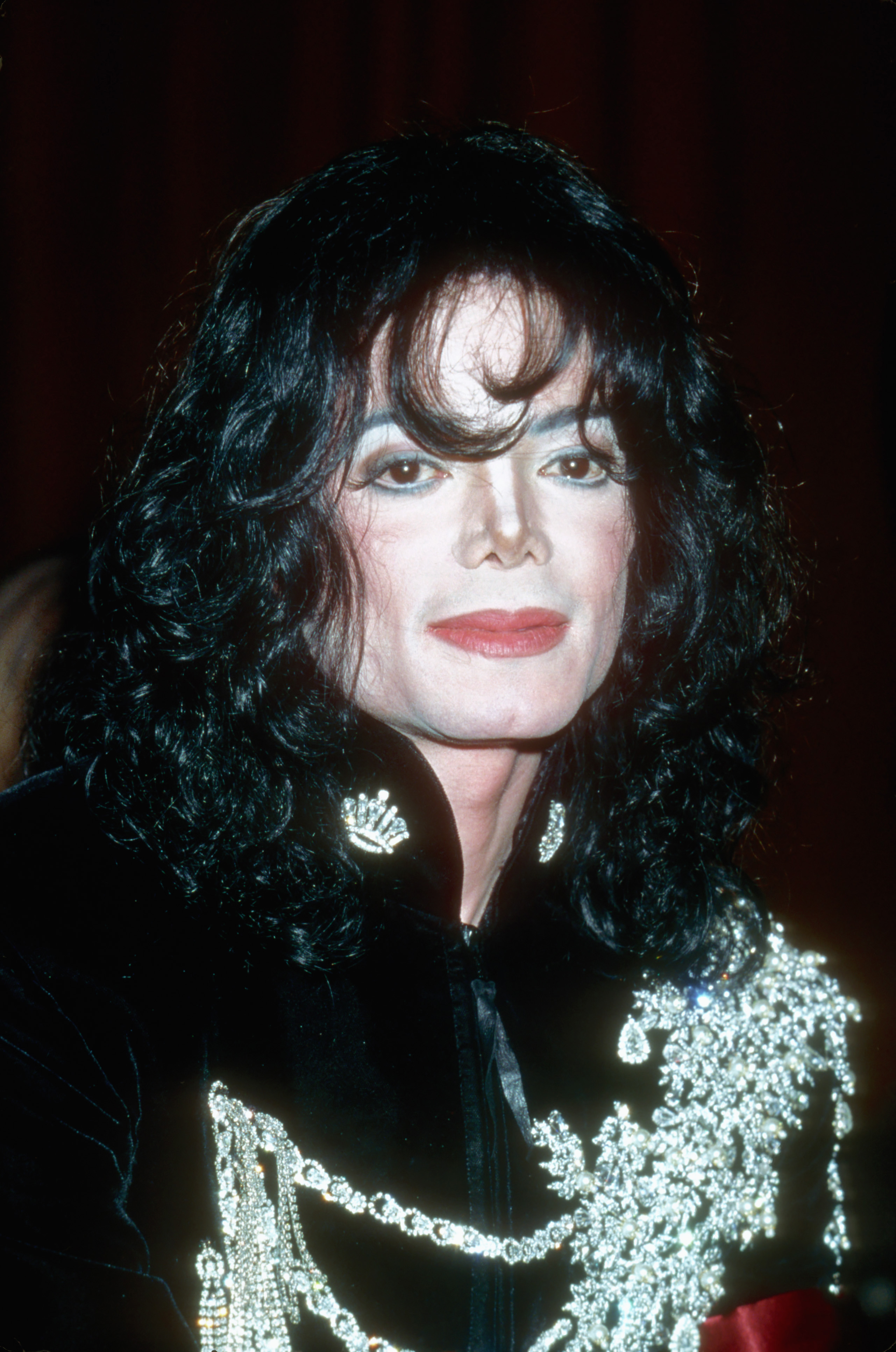
Michael Jackson in 1997 in Los Angeles, California | Source: Getty Images
Jackson's eyes were also a subject of speculation. Despite his denial of cosmetic procedures, his eyes underwent apparent changes. The widening of his eyes, known as scleral show, hinted at another transformation procedure. In 1984, Jackson suffered second-degree burns on his scalp while filming a Pepsi commercial.
The incident left a lasting impact, leading to scar revisions and a reliance on painkillers. The late '80s brought new dimensions to Jackson's identity. Tattooing, allegedly influenced by lupus and vitiligo diagnoses, became a necessity. His evolving skin tone, attributed to bleaching creams, makeup, and a penchant for covering up, added to the enigma.
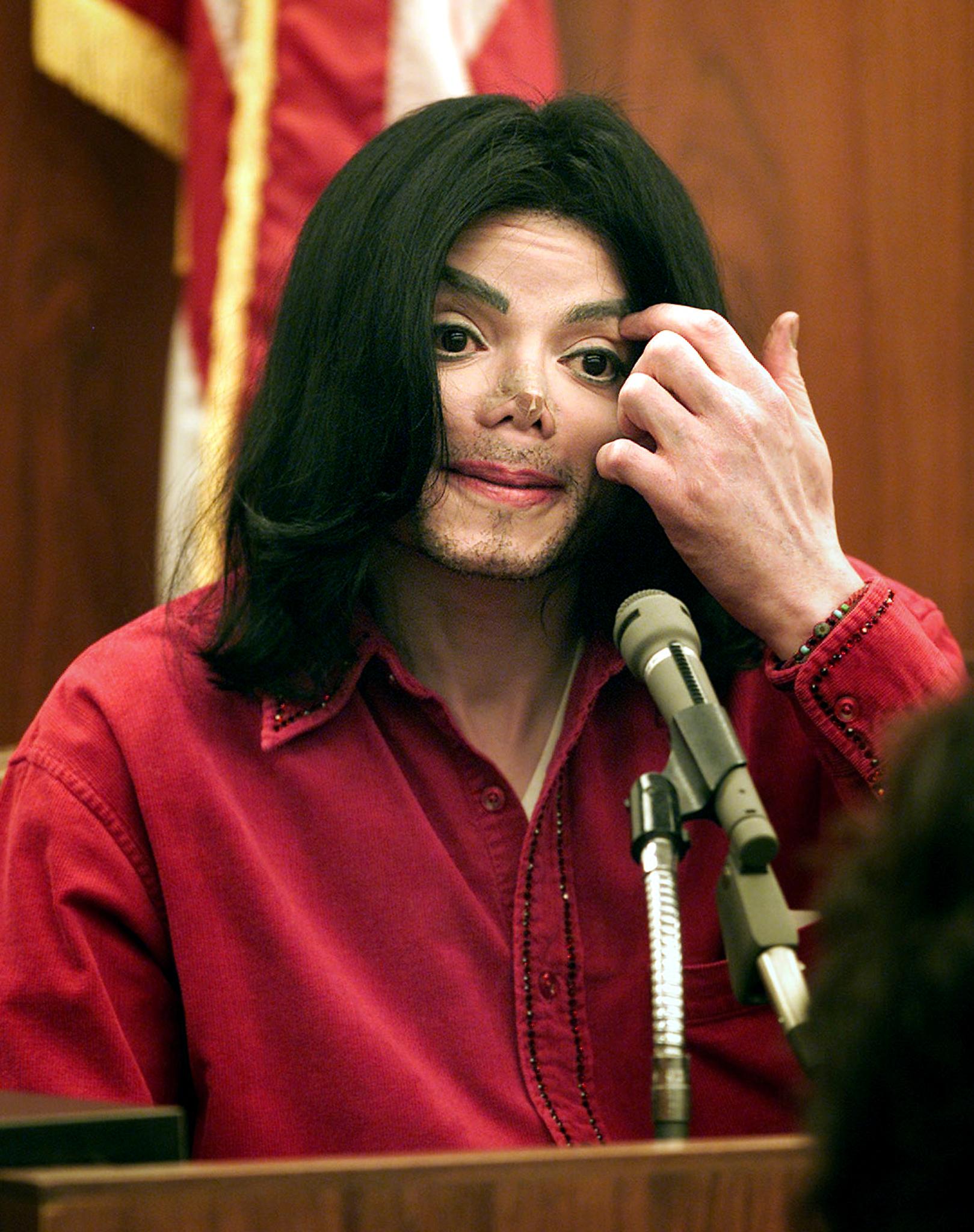
Michael Jackson in 2002 | Source: Getty Images
The influence of French mime Marceau in 1995 and the challenges of vitiligo in 1996 further molded Jackson's appearance. The late '80s and '90s witnessed a cascade of changes. Jackson sported a stronger chin, inspired by Douglas, and a seemingly smaller nose, perhaps due to steroid injections.
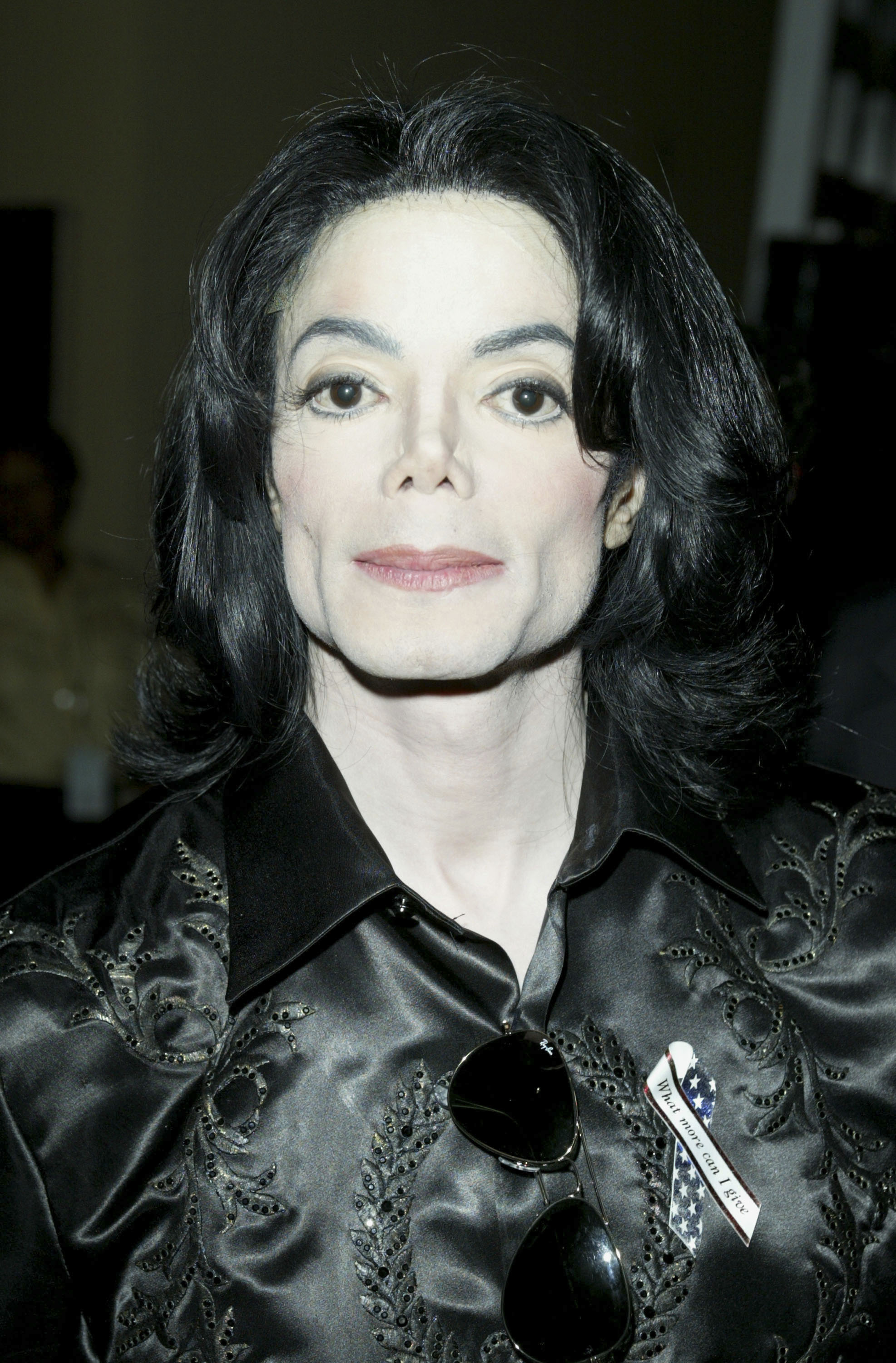
Michael Jackson in 2003 | Source: Getty Images
Jackson's lips, which were berry red, underwent subtle reductions, further changing his facial features. The gender confusion on his face became more pronounced when some parts of his face started looking feminine while others looked masculine. During the 1990s, Jackson's skin tone became lighter, attributed to bleaching creams and pale makeup.
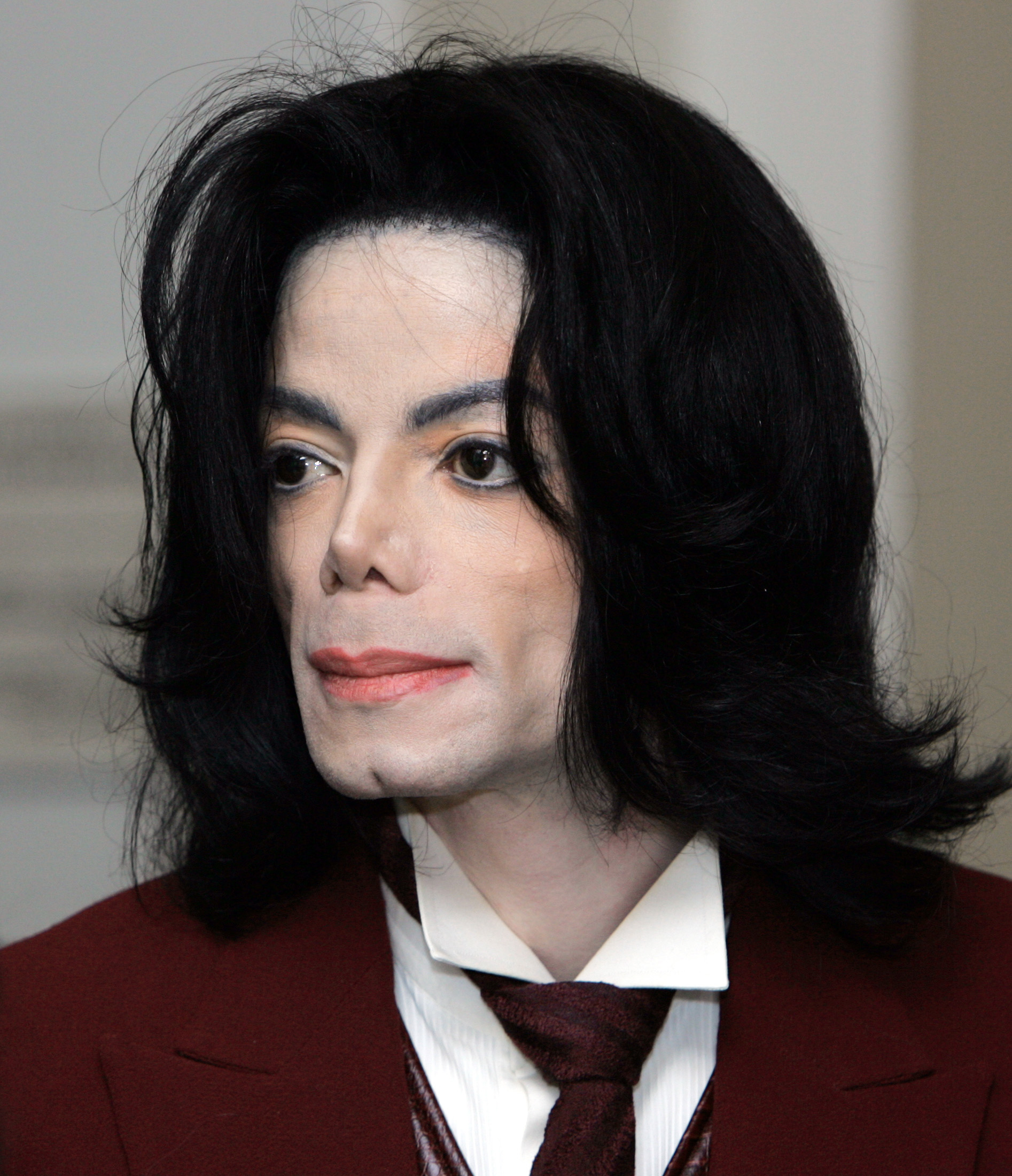
Michael Jackson in 2005 | Source: Getty Images
The makeup was reportedly his meticulous attempt to conceal blotchy pigment caused by vitiligo. Speculations about Jackson's nose falling off emerged in 2002 but were dispelled, revealing the use of paper tape by plastic surgeons to control post-op swelling. In 2009, a gaunt look reflected a loss of facial fat, attributed to injections of Restylane.
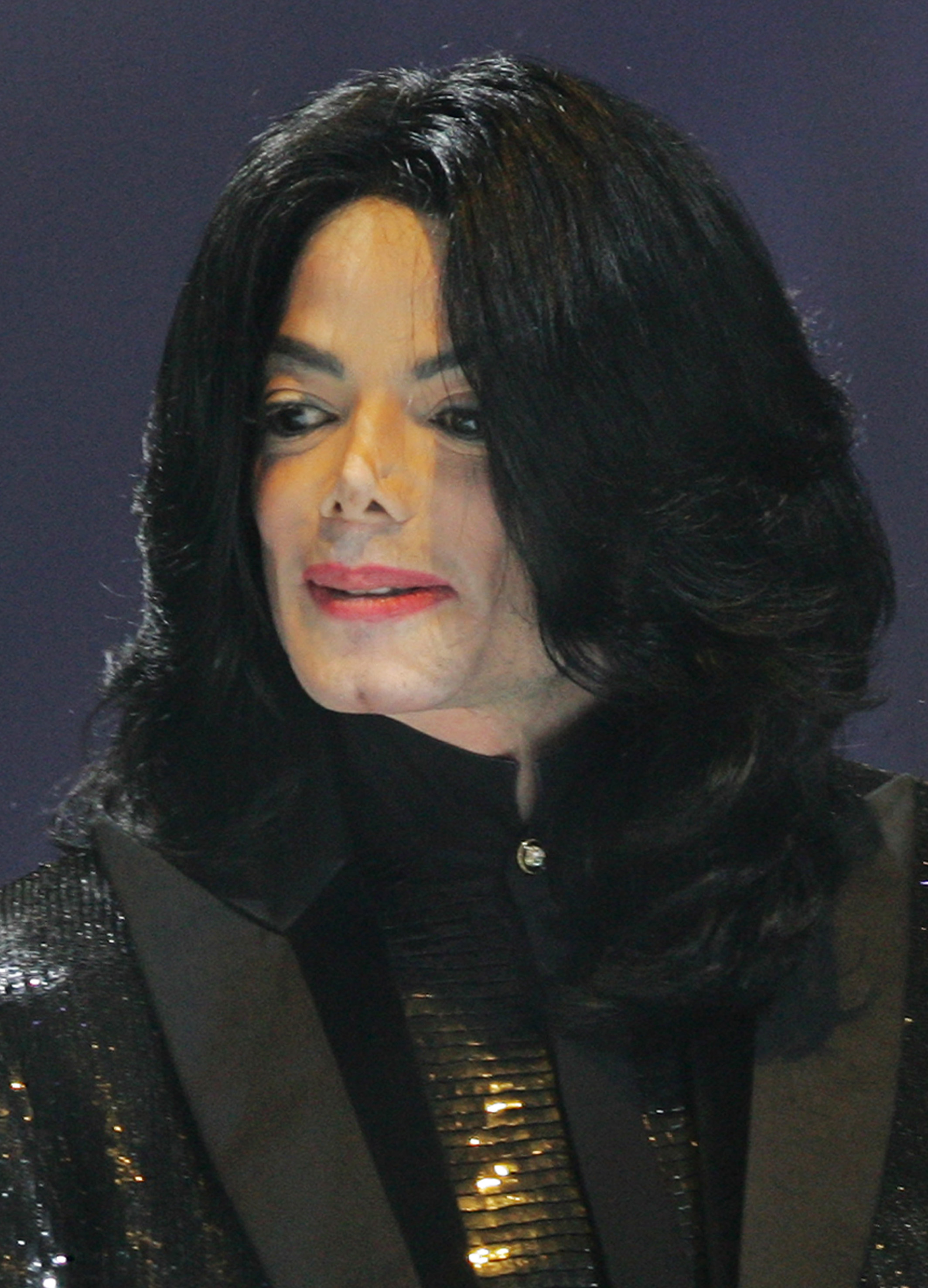
Michael Jackson in 2006 | Source: Getty Images
Beverly Hills plastic surgeon Dr. Wallace Goodstein, though not Jackson's physician, unveils a different narrative. His observations and Jackson's admission to only two surgeries contrast the official account. Goodstein estimates over 50 facial procedures, underscoring the depth of Jackson's pursuit of perfection. Goodstein said, "Three times a week, I was in the office, and he probably was there once every six to eight weeks."
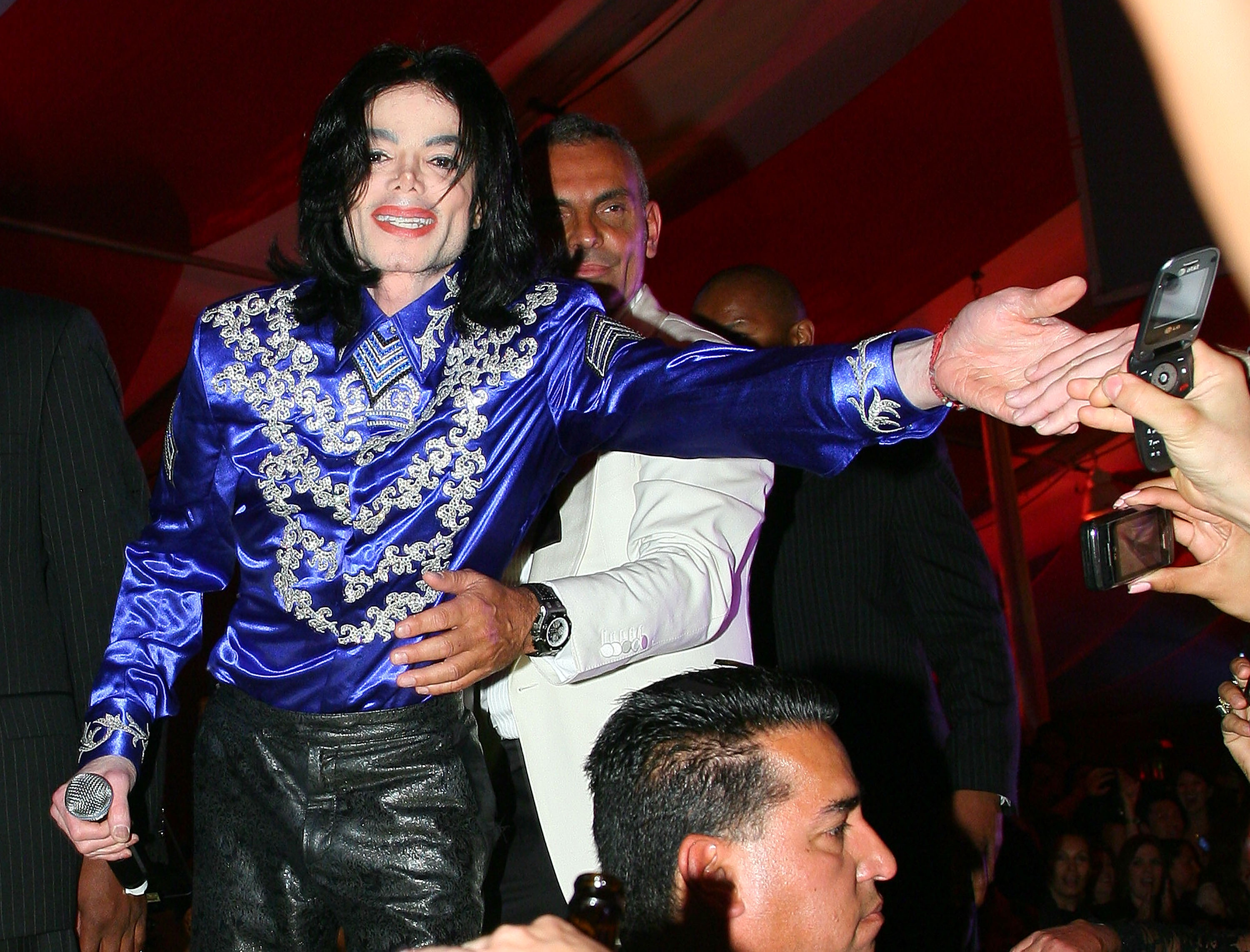
Michael Jackson on May 23, 2008 in Los Angeles, California | Source: Getty Images
Jackson's life of surgeries came to an end on June 25, 2009, when he died of a cardiac arrest at his rented mansion in Los Angeles. He was 50 years old. The autopsy report, revealing scars and tattoos, serves as a testament to the physical toll of the life that Jackson lived under the scrutiny of the world.
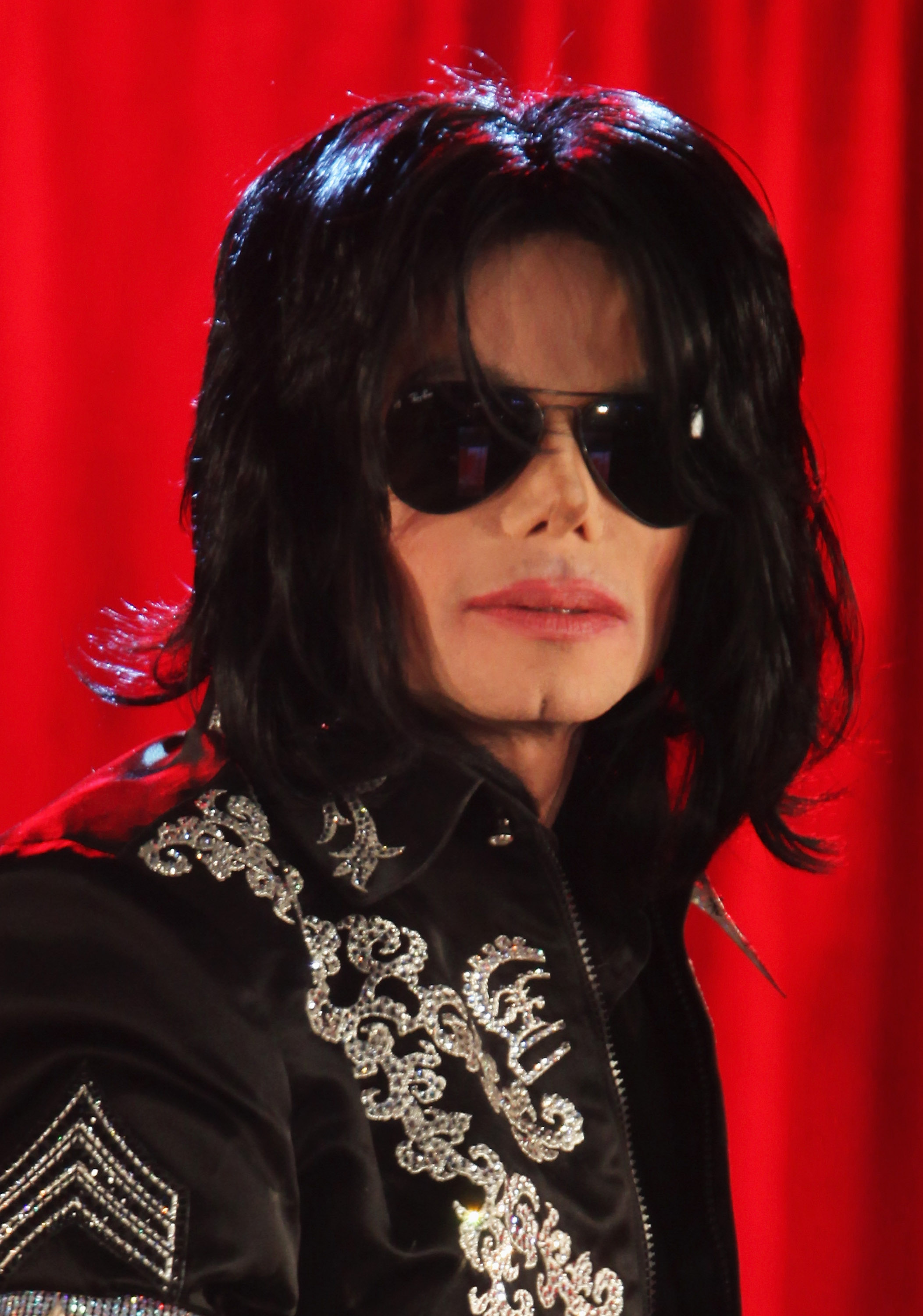
Michael Jackson on March 5, 2009 in London, England | Source: Getty Images
Jackson's death left many questions unanswered and many fans wondering what could have been. What if he had never had any surgeries? What if he had aged naturally and gracefully? What if he had embraced his original features and skin color? Artificial intelligence allows us to visualize how Jackson would appear at 50 if he had never changed his face.
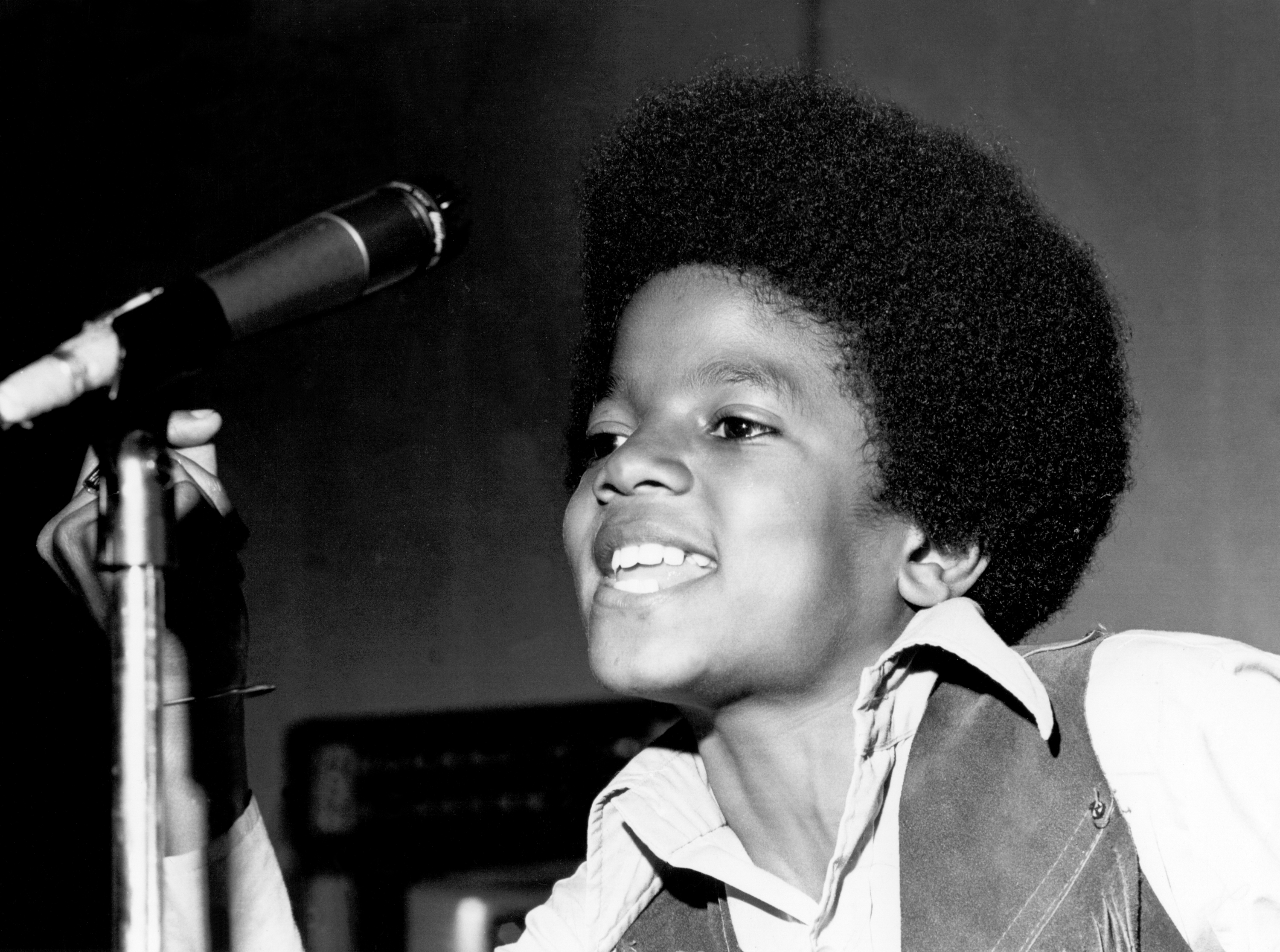
Michael Jackson circa 1970 | Source: Getty Images
Using a deep learning algorithm, a computer program can generate a realistic photo of Jackson based on his early pictures and genetic traits. The photo shows a striking contrast to Jackson's last known appearance. Instead of a pale and gaunt face, the image shows a healthy and handsome face. Rather than a narrow and upturned nose, the photo shows a broad and straight nose.
In place of a strong and cleft chin, the image shows a soft and round chin. Full and natural lips take the place of dark and thin lips. Instead of tattooed and plucked eyebrows, the image shows thick and arched eyebrows. His receding and sparse hairline was replaced with a full and curly hairline.
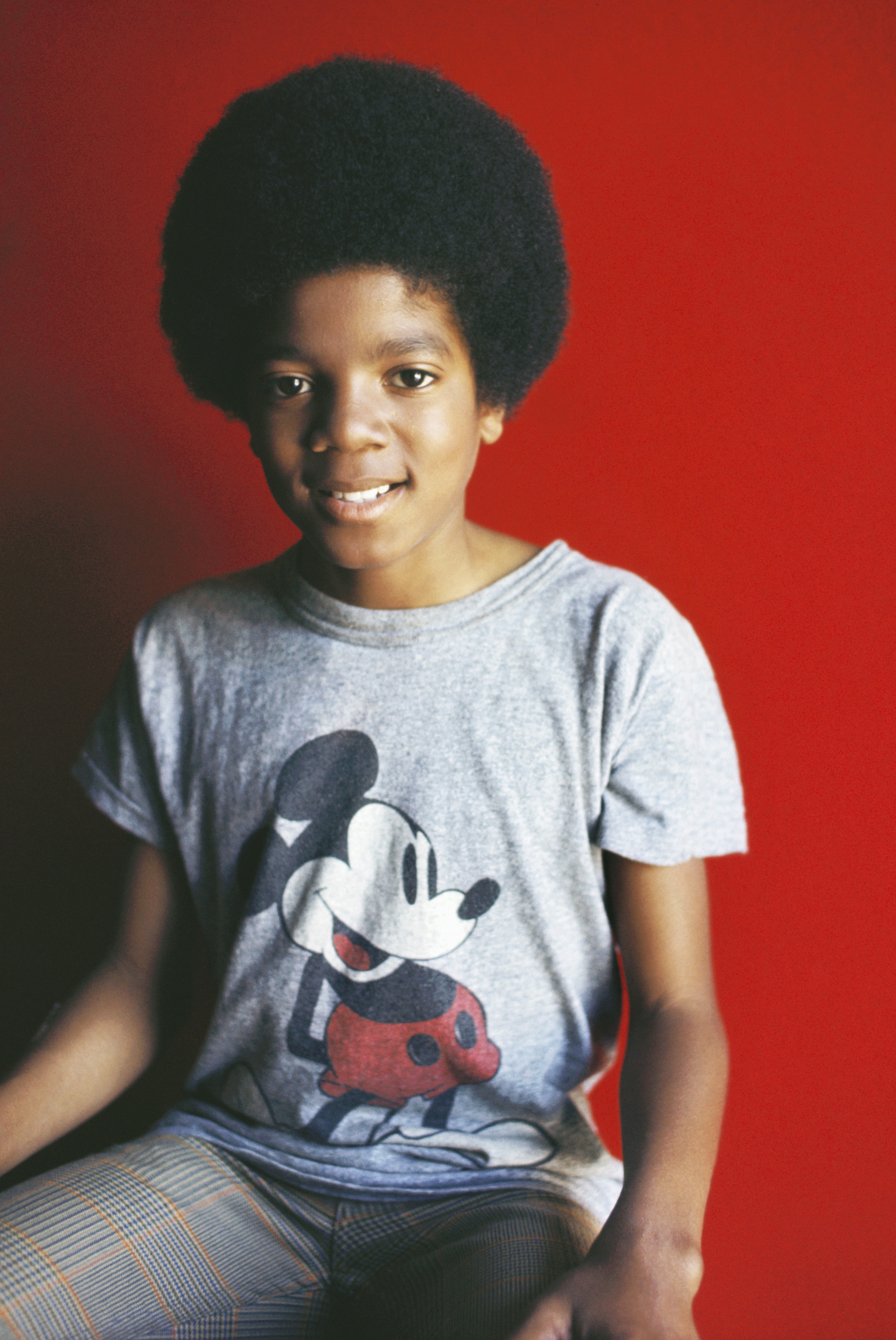
Michael Jackson Circa 1971 | Source: Getty Images
The photo also shows signs of aging, such as wrinkles, gray hairs, and sagging skin. However, these signs do not detract from Jackson's beauty but add to his character and charm. The photo shows a man who is confident and comfortable in his skin, proud of his heritage and identity, and happy and at peace.
The photo is not a definitive or accurate representation of how Jackson would have looked, but rather a possible and plausible one. It is a product of technology and imagination, not reality and history. It is a tribute and a fantasy, not a fact or truth.
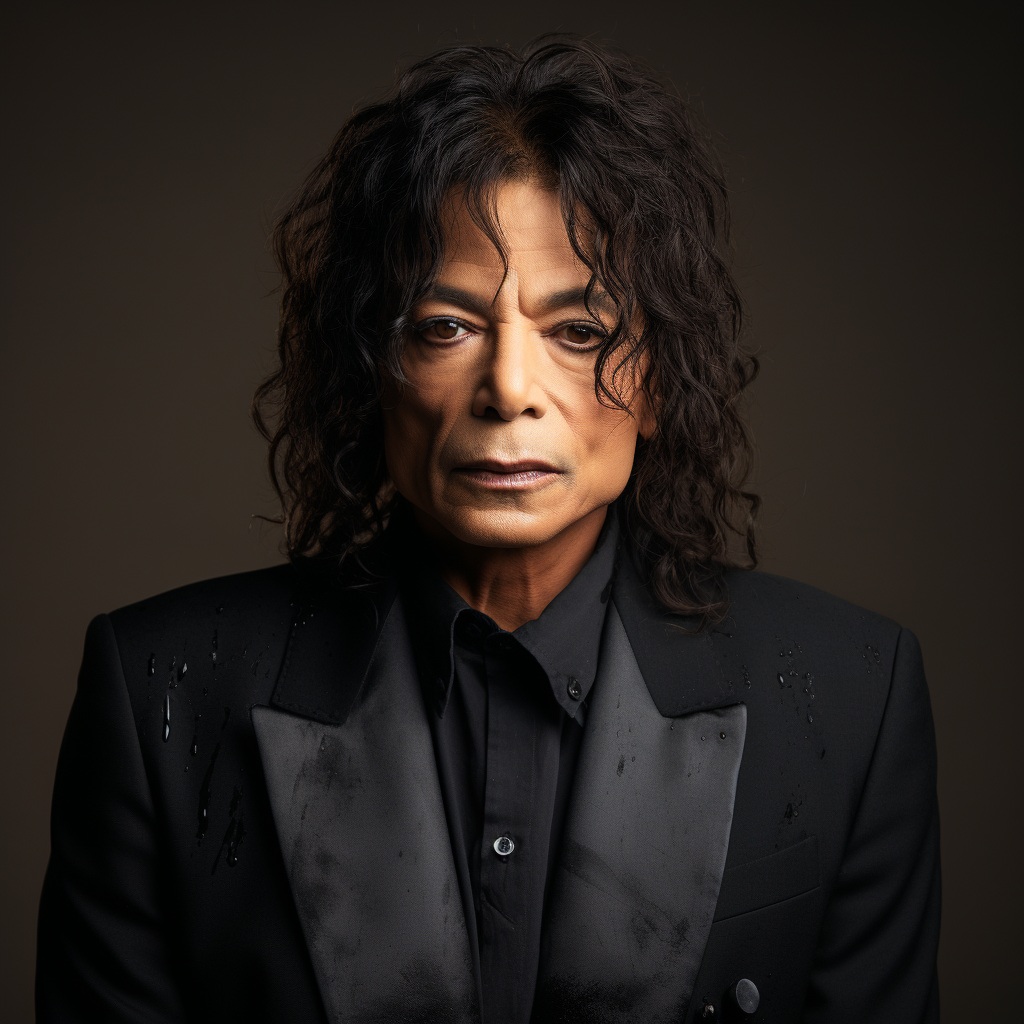
An AI depiction of what Michael Jackson might have looked like at 50 without plastic surgery | Source: Midjourney
However, the photo offers a glimpse of what Jackson could have been if he had chosen a different path. It does offer a vision of what Jackson might have looked like at 50 if he hadn't undergone cosmetic procedures. It offers hope of what Jackson still is in the hearts and minds of his fans and admirers.
